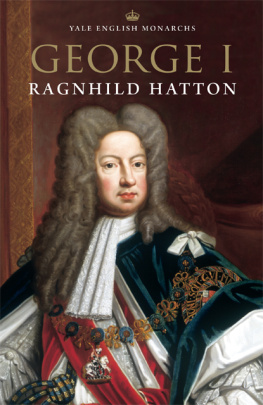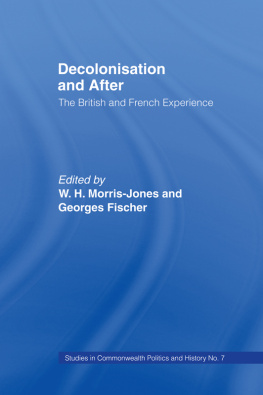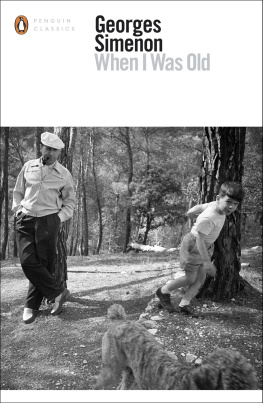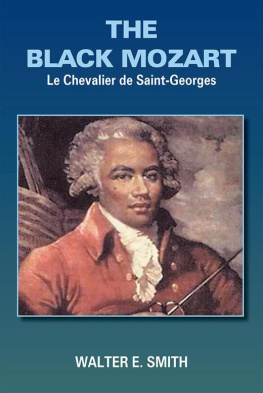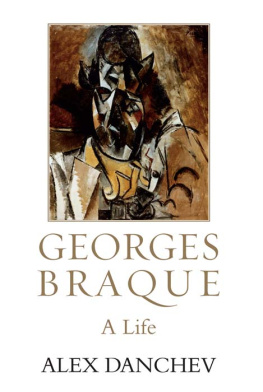
Also in the Yale English Monarchs Series
ATHELSTAN by Sarah Foot
EDWARD THE CONFESSOR by Frank Barlow
WILLIAM THE CONQUEROR by David Douglas
WILLIAM RUFUS by Frank Barlow
HENRY I by Warren Hollister
KING STEPHEN by Edmund King
HENRY II by W. L. Warren*
RICHARD I by John Gillingham
KING JOHN by W. L. Warren*
EDWARD I by Michael Prestwich
EDWARD II by Seymour Phillips
RICHARD II by Nigel Saul
HENRY V by Christopher Allmand
HENRY VI by Bertram Wolffe
EDWARD IV by Charles Ross
RICHARD III by Charles Ross
HENRY VII by S. B. Chrimes
HENRY VIII by J. J. Scarisbrick
EDWARD VI by Jennifer Loach
MARY I by John Edwards
JAMES II by John Miller
QUEEN ANNE by Edward Gregg
GEORGE I by Ragnhild Hatton
GEORGE II by Andrew C. Thompson
GEORGE III by Jeremy Black
GEORGE IV by E. A Smith
Available in the U. S. from University of California Press

For Harry, who had a Hanoverian great-grandmother
First published in 1978 by Thames and Hudson Ltd
This edition first published by Yale University Press in 2001
Copyright 1978 Thames and Hudson
New Edition 2001 Peter S. Hatton and Paul G. Hatton
New Foreword 2001 Jeremy Black
Library of Congress Control Number: 2001087415
ISBN 0300088833 (pbk.)
A catalogue record for this book is available from the British Library
Published with assistance from the Annie Burr Lewis Fund
Contents
The father's plans for his son
The family's advancement and George's marriage
The primogeniture struggle
George's divorce
The Knigsmarck myth
George at the helm
The prospect of England
Struggle over the English succession between George and his mother
Wider German horizons
Losses of friends and companions
Hanover and Celle united
George's household after 1698
The War of the Spanish Succession
Death of queen Anne: the Act of Settlement put into effect
Great Britain at the time of George's accession
George and the party system
The king's English
The royal household
The struggle for place and profit
Promotion by title
The Hanoverian succession
George I's image
The Jacobite Fifteen
European issues 171617
The ministerial crisis
Quarrel in the royal family
Lessons learnt
European peace plans
Success in the south
Partial success in the north
Shifts of emphasis
The South Sea bubble
George, a captive of his ministers?
George as a patron of the arts
Unfinished business
Alliances and counter-alliances
War or peace?
George's last journey
The balance sheet
FOREWORD TO THE YALE EDITION
by Jeremy Black
George I: Elector and King appeared shortly before the end of Ragnhild Hatton's distinguished career at the London School of Economics. It was published in 1978 by Thames and Hudson (in the United Kingdom), Harvard University Press (in the United States), and, appropriately, in German as George I: Ein deutscher Kurfrst auf Englands Thron, by Societts-Verlag, Frankfurt. The biography amply justified that often clichd term, the culmination of a lifetime's study, because Hatton's first book, her thesis published in 1950, had covered a central topic in British foreign policy during George's initial seven years as king. Hatton's biography also consolidated her expertise as a biographer. She had published a major life of Charles XII of Sweden (1968) as well as a number of studies of Louis XIV that, while not amounting to a complete biography, nevertheless showed her acute understanding of the monarch both as an individual and in the context of his times.
Writing a biography of George I was a formidable challenge. Founder of the Hanoverian dynasty in Britain, he was very much both elector of Hanover and king. As a consequence he had partly eluded other British historians who lacked Hatton's interest in, deep knowledge of, and appreciation of Continental power politics and Hanoverian concerns. J.H. Plumb's The First Four Georges, for example, first published in 1956 and reissued, uncorrected, as late as 2000, included many of the standard, but erroneous judgements of an earlier age. Whereas Plumb was definite that Sophia Charlotte, countess of Darlington was George's mistress, Hatton had demonstrated that she was his half-sister, that she was devoted to her own husband, and that incest was never imputed to George by anyone close to the royal circle.
Hatton's George was a ruler and a person in his contemporary European context, and her study was based on extensive and wide-ranging archival research. She was interested in people (alive as well as dead) and successfully sought to discover George as an individual, to probe his relations with his parents and (unfaithful) spouse, with his mistress, his children, and his courtiers and ministers. In place of a militaristic dolt, George was presented as a more complex individual, with cultural and intellectual interests, and he was located in terms of the Early Enlightenment.
All of these features justifiably earned Hatton high praise, and they This introduction seeks to offer an updating that focuses on perspectives suggested by subsequent work, and also tries to explain why George was less popular with his British subjects than the above account might imply.
Subsequent research has not challenged Hatton's valuable account of George as elector, nor her clear and well-grounded discussion of the international relations of his reign that provided much of the dynamic for his policies. Hatton was very good on the House of Brunswick and its position in Europe. Indeed the measure of her achievement stands even clearer as a result of the continued absence of a scholarly biography for the monarch who is as difficult a subject as George I, his son, George II.
As far as George I's position within Britain is concerned, the situation has been more fluid. Three detailed points can be made. First, Hatton's view that George wanted a Whig-Tory coalition government is not really born out even though several Tories were offered office. In July 1721, the Duke of Newcastle wrote that the report of the Tories coming in having reached the King's ears, he has been so good as to declare to me and many other of his servants the concern he has at the report, and has assured us that he neither has or ever had any such thoughts, and is determined to stand by the Whigs, and not take in any one single Tory. He is very sensible the Whig party is the only security he has to depend on, in which he is most certainly right. Individual Tories, such as Harcourt and Trevor, were accommodated, but only at the price of abandoning their colleagues and principles. This was not a coalition. In 1723, Newcastle noted that Carteret, the secretary of state for the southern department, who was seeking to supplant Walpole, had broken off with the Tories, thinking to carry his point with the Whigs, which he knows agreeable to the King.
In addition, Tories were dismissed from existing posts, a course that pressed hard on a landed society which had been suffering from the dangerous combination of high wartime taxation and an agrarian depression. Commissions of the peace were brought under Whig control, Tories were dismissed from the armed forces, and Whig clerics found promotion open to them. The Tories were treated far more harshly than under William III.
Next page
